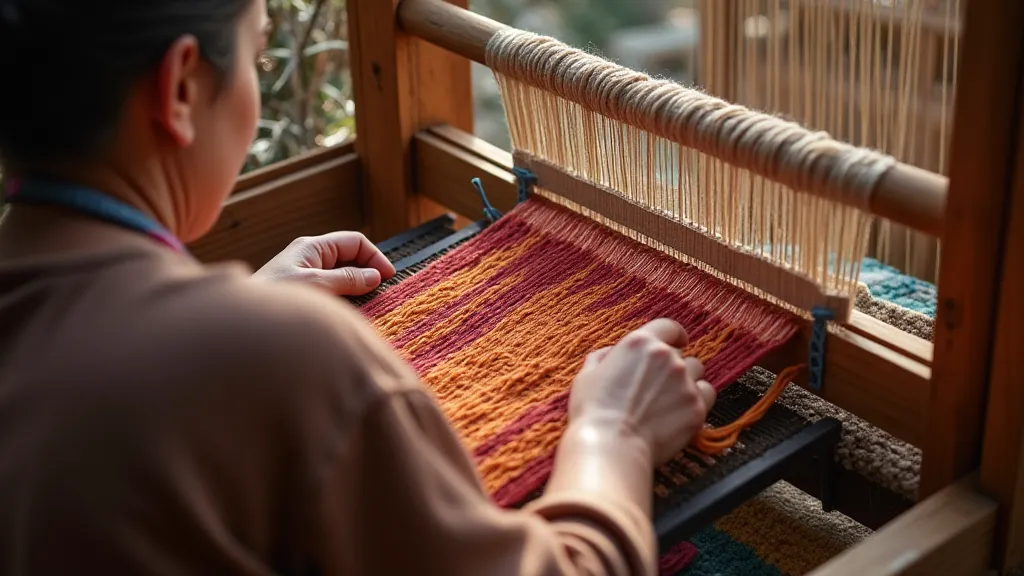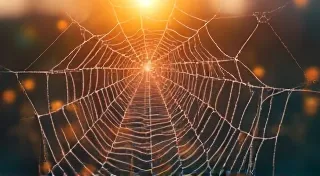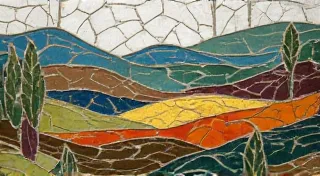The Global Tapestry: Hybridity and Contemporary Interpretations of Regional Weaving
Weaving. The word itself evokes a sense of rhythm, of interconnectedness, of patient creation. For millennia, it’s been far more than simply producing cloth; it's been a powerful form of cultural expression, a visual language encoded in thread. Think of the intricate kilims of Persia, the vibrant ikats of Indonesia, the precise geometric designs of Navajo rugs – each a testament to generations of skill, tradition, and a profound connection to place. But what happens when those deeply rooted traditions encounter the currents of a globalized world? How do contemporary weavers navigate the delicate balance between honoring their heritage and embracing new influences? The answer, increasingly, lies in hybridity – a beautiful blending of past and present, creating innovative textile art forms that speak to a world in constant flux.
My own fascination with weaving began unexpectedly, amidst a collection of antique accordions. My grandfather, a collector of these musical instruments, instilled in me an appreciation for the craftsmanship involved – the meticulous assembly of bellows, reeds, and keys, each contributing to the instrument's unique voice. Looking at those accordions, I realized that weaving, too, demanded a similar level of dedication and precision. Each thread, like each key, played a crucial role in the final piece. The patience needed to coax a melody from an accordion mirrored the patience required to create a complex woven pattern. It’s a connection I find surprisingly resonant, a shared language of meticulous creation.
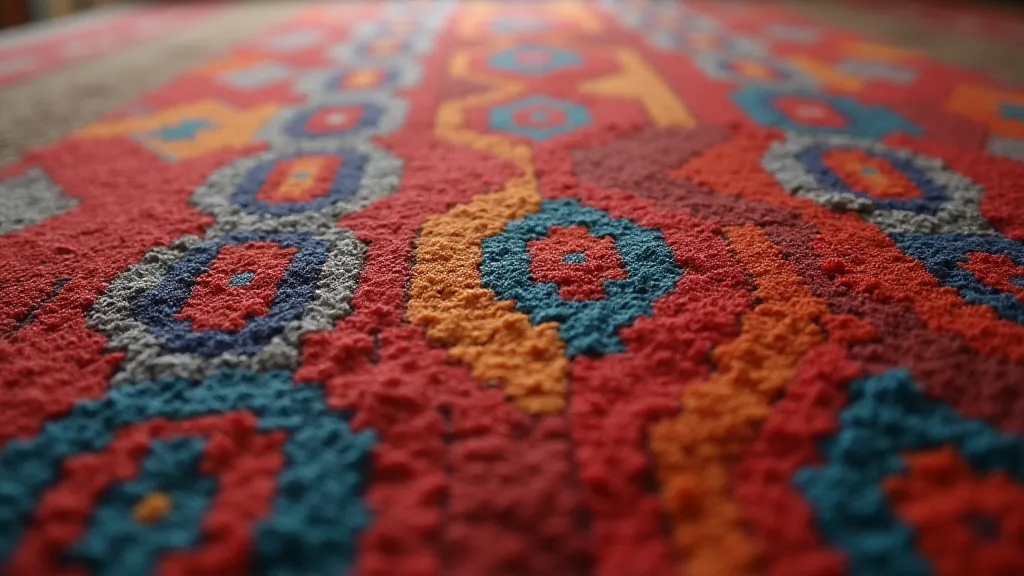
The Roots of Tradition: A Glimpse into Regional Patterns
Before we explore the hybrid forms emerging today, it’s vital to understand the rich tapestry of regional weaving traditions. Consider the Andean textiles of South America. Woven for centuries by indigenous communities, these cloths tell stories – narratives of ancestral spirits, agricultural cycles, and community life. The use of natural dyes, derived from plants and insects, adds another layer of meaning, grounding the textiles in their environment. Similarly, in Japan, the art of Shibori – a resist-dyeing technique – creates stunning patterns on silk and cotton. The meticulous folding, clamping, and stitching involved results in a range of effects, from subtle textures to bold, abstract designs. Each region, each community, possesses a unique visual lexicon, passed down through generations of weavers. This isn’t merely about creating aesthetically pleasing objects; it’s about preserving cultural memory, celebrating identity, and maintaining a connection to the land.
The historical context is crucial here. Colonization and globalization have often disrupted these traditions, leading to the loss of knowledge and the homogenization of styles. However, the resilience of weaving communities is remarkable. They’re actively working to revive endangered techniques, document traditional patterns, and educate younger generations. This is an act of cultural preservation, a defiant assertion of identity in a world that often prioritizes uniformity.
The Winds of Change: Contemporary Interpretations
Today, we’re witnessing a fascinating phenomenon: contemporary weavers are engaging with their heritage in new and innovative ways. They’re not simply replicating traditional patterns; they’re reinterpreting them, reimagining them, and blending them with global influences. This isn't a rejection of the past, but an evolution – a dialogue between tradition and modernity.
Take, for example, the work of contemporary Navajo weavers. While honoring the traditional designs of Navajo rugs – often featuring geometric patterns inspired by the natural world – many are experimenting with new materials, incorporating unexpected colors, and exploring abstract forms. They’re drawing inspiration from contemporary art, fashion, and even music, creating pieces that are both deeply rooted in Navajo culture and undeniably modern.
The use of unconventional materials is another common trend. While natural fibers like wool, cotton, and silk remain popular, weavers are increasingly incorporating synthetic materials, recycled fabrics, and even found objects into their work. This can be seen as a response to environmental concerns, a commentary on consumerism, or simply a creative exploration of texture and form. The boundaries of what constitutes “weaving” are blurring, pushing the medium in unexpected directions.
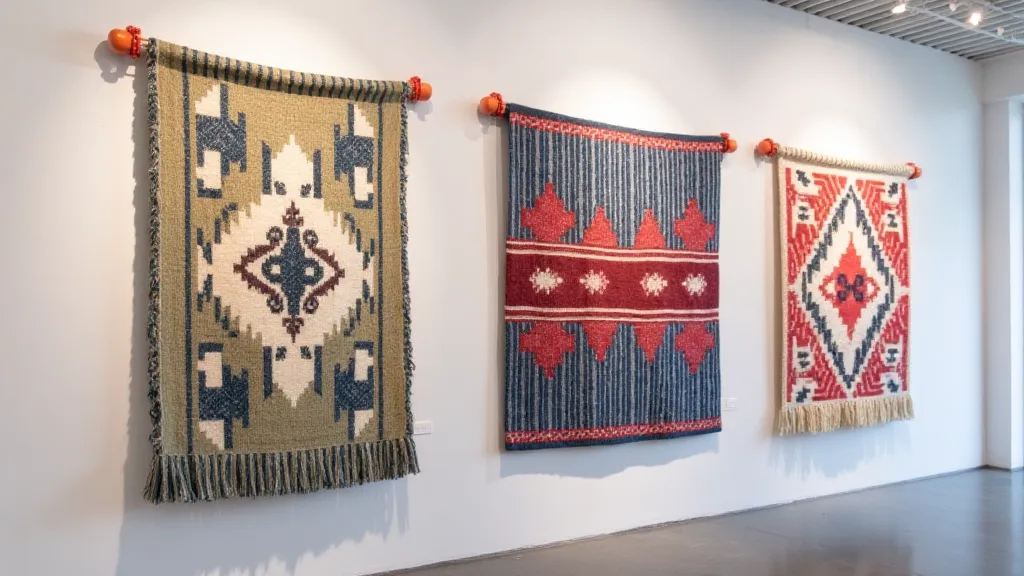
Craftsmanship and Collecting: Appreciating the Art
The beauty of regional weaving lies not only in the finished product but also in the process itself. It's a labor of love, demanding years of training and unwavering dedication. The knowledge of dyes, the skill in manipulating the loom, the ability to visualize a complex pattern – these are all invaluable skills, passed down through generations.
For those interested in collecting regional weaving, a few key considerations are worthwhile. Authenticity is paramount. Research the specific region and its traditions. Look for signs of natural dyes – they often produce more subtle and nuanced colors. Examine the weave itself – a well-crafted piece will have a tight, even tension and a rich, tactile quality. Don’t be afraid to ask questions – a knowledgeable dealer can provide valuable insights into the piece’s provenance and significance.
Beyond the monetary value, however, the true worth of these textiles lies in their cultural significance. They are living documents, embodying the history, values, and aspirations of entire communities. Owning a piece of regional weaving is not simply acquiring an object; it’s becoming a custodian of a cultural heritage.
The Future of the Global Tapestry
The blending of traditional techniques with global influences is not a fleeting trend; it's a reflection of our interconnected world. As weavers continue to innovate and experiment, we can expect to see even more exciting and hybrid forms emerge. The future of regional weaving is not about preserving the past in amber, but about allowing it to evolve and adapt, while remaining true to its roots. It’s about creating a global tapestry, rich in diversity, vibrant in color, and woven with the threads of tradition and innovation.
The challenge lies in ensuring that this evolution is respectful and sustainable, that it doesn't lead to the dilution or appropriation of cultural heritage. Supporting weaving communities, preserving traditional knowledge, and promoting ethical practices are all essential for ensuring that the global tapestry continues to thrive.
